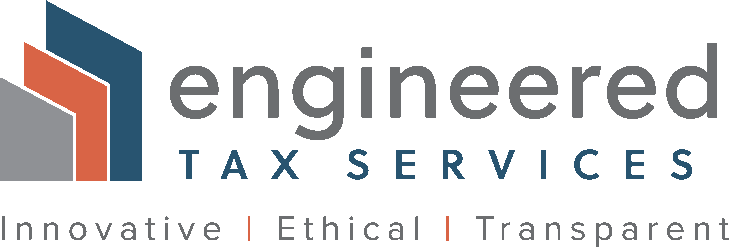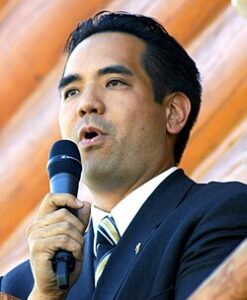The IRS issued Notice 2017-6 to extend the time to make certain changes to comply with the tangible property regulations. This includes making accounting method changes for repair and maintenance expenses, depreciation, and certain property dispositions. This extension may present a significant opportunity to unlock tax savings for taxpayers who previously made accounting method changes to comply with the tangible property regulations. This will probably be the last opportunity these taxpayers have to realize these tax savings.
The Tangible Property Regulations
The tangible property regulations have been a work-in-process for more than a decade. The regulations were issued in 2011 in temporary form effective for tax years 2012 and in 2013 in final form, effective for 2014. There were significant differences between the temporary and final regulations.
Most of the rules found in the regulations are accounting method changes that require the consent of the IRS to change. The IRS issued a number of lengthy and nuanced revenue procedures and notices that explain how to obtain the IRS’s consent. This included guidance for automatic consent (via a Form 3115) and non-automatic consent (via a private letter ruling).
Tax advisors and their clients complained that the IRS’s guidance was not issued in time for them to fully analyze and comply with the complex rules. The IRS issuing this guidance as the regulations were changing also did not help. This resulted in the IRS taking steps to help taxpayers comply with the regulations and accounting method rules.
The Problem Notice 2017-6 Solves
One of the accounting method change rules prevents taxpayers from obtaining the IRS’s automatic consent if the taxpayer made a change for the issue in the prior five years. This means that taxpayers can only amend their initial accounting method changes using the non-automatic consent rules.
This can be particularly problematic for those taxpayers who adopted the temporary regulations and failed to make corrections to fully comply with the final regulations or who took overly conservative positions with respect to their accounting method changes given the uncertainties in the rules.
This is where Notice 2017-6 comes in. It extends the waiver of the five-year prohibition on changing prior accounting methods to comply with the final tangible property regulations through tax year 2016. So taxpayers who previously made accounting method changes to comply with the regulations can change their original method changes in 2016 by filing a Form 3115 with their timely filed 2016 tax returns. For some taxpayers, this could result in larger Section 481 catch-up adjustments in 2016 for expenses incurred in prior years.
It should be noted that Notice 2017-6 does not apply to all of the method changes associated with the final tangible property regulations. The Notice identifies the changes that it covers, which includes changing:
- From one permissible to another permissible MACRS depreciation method.
- The treatment of a disposition of a building or structural component or other tangible depreciable asset.
- From expensing to deducting repair and maintenance expenses, including the identification of the unit of property.
Limited Benefit for Some Small Taxpayers
It should also be noted that Notice 2017-6 does not waive the limitation on Section 481 catch-up adjustments for small taxpayers. This limits the benefit of Notice 2017-6 for these small taxpayers.
The small taxpayer limitation was promulgated in Rev. Proc. 2015-20 (and is now incorporated into later guidance). It generally applies to taxpayers with either less than $10 million in assets or $10 million or less in annual gross receipts for the prior three years leading up to 2014.
These small taxpayers were deemed to automatically adopt the tangible property regulations as of 2014 by simply filing their tax returns without including a Form 3115 and not including a statement that they opted out of the regulations.
For these small taxpayers who did not make method changes or opt out of the regulations in 2014, Notice 2017-6 merely provides a means for going back and picking up expenses incurred in 2014-2016. These small taxpayers cannot go back and pick up pre-2014 expenses via a Section 481 catch-up adjustment, as Notice 2017-6 did not waive the small taxpayer limitation.
CONCLUSION
Taxpayers who are not subject to the small taxpayer limitation in Rev. Proc. 2015-20 should view Notice 2017-6 as an opportunity to review their prior method changes to ensure that they fully complied with the rules and to look for opportunities to unlock the tax benefits associated with their prior method changes. This will probably be the last opportunity these taxpayers will have to realize these tax savings.
Whether you or your clients performed a Cost Segregation or Fixed Asset study over the past few years, our experts will help you re-visit your current depreciation schedule and current year costs to capture accelerated depreciation or current year wright-offs before filing your 2016 tax return. Please contact Engineered Tax Services as soon as possible to consult with our experts.
*This alert is a generalized summary and is not inclusive of all tax code changes or guidance.




